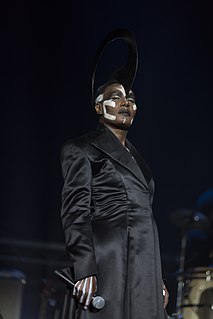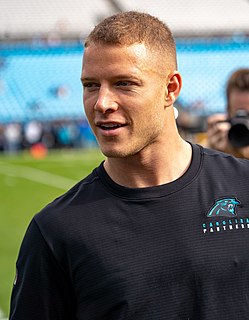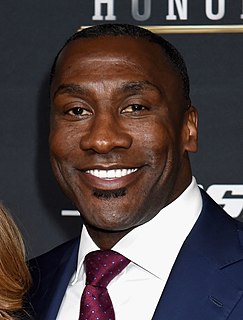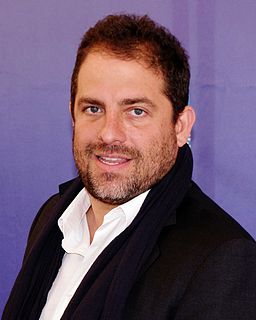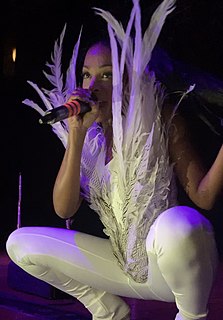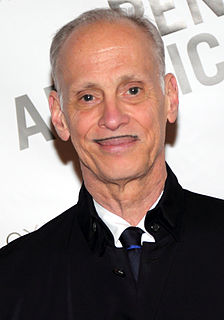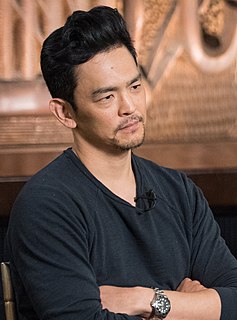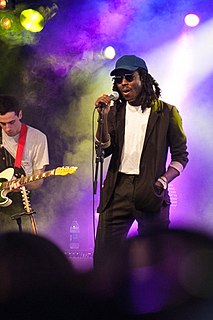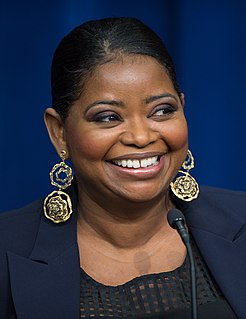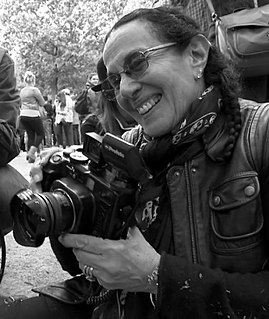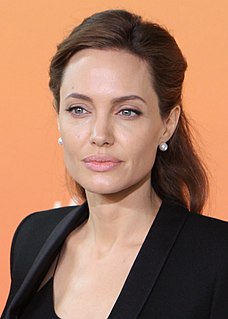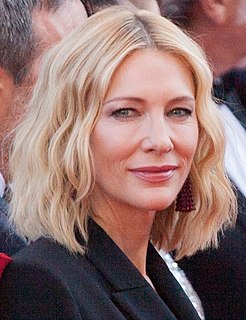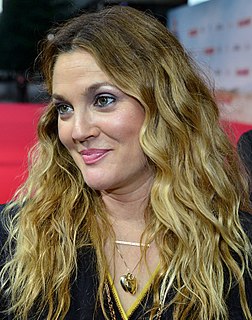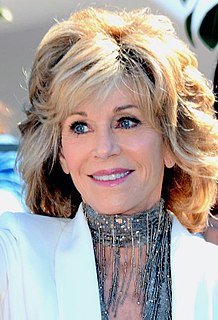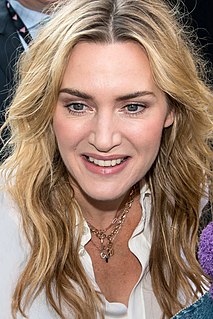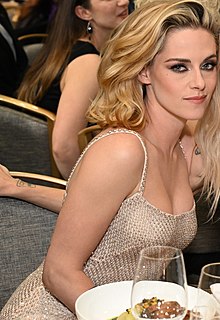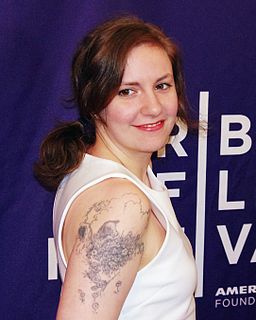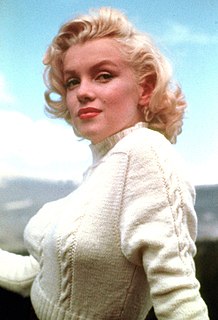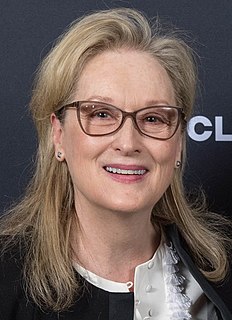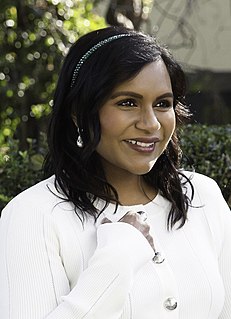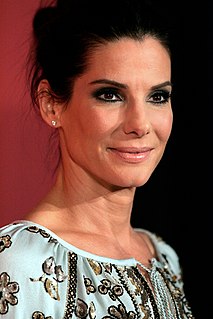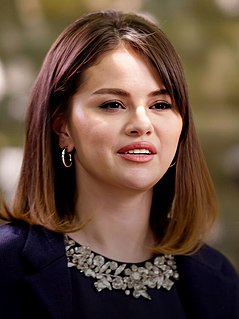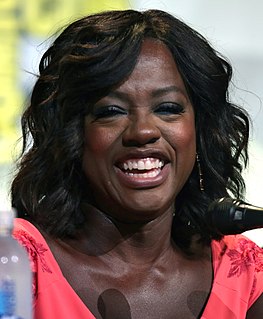A Quote by Amandla Stenberg
My hope is to see people of color in roles that do not emphasize race. Often times when movies are centered around people of color, they are movies where the storyline is based on some racial component. I want to see movies where people of color play more interesting, nuanced characters.
Related Quotes
Everybody's going to do the 3D slightly differently the same way that people are going to deal with color differently. Some movies downplay the color, some color is very vibrant. Color design is very different. We've got to think of 3D like color or like sound, as just part of the creative palette that we paint with and not some whole new thing that completely redefines the medium.
I see myself as no color. I can play the role of a man. I can paint my face white if I want to and play the role of white. I can play a green, I can be a purple. I think I have that kind of frame and that kind of attitude where I can play an animal. If you think in color, then everyone around you is going to think in color and that puts limits on the way you think. I don't think like that. A lot of the roles that I'm doing are roles that a man or a person of any color can do.
My hope as an actress is knowing that I'm someone who is more privileged - I'm biracial and lighter-skinned - and I hope it can open up the door for more women of color, especially darker-skinned black women. I hope everyone hops on the bandwagon and decides to start putting women of color in movies that aren't just about race.
I want people to see my movies. My talent, my sensibilities are what people want to see in the movies... While I have the talent to make the kind of movies people want to see I want to continue to do that, keep making big pictures and make what I love. I’m really just making the films I want to see. There’s not a strategy.
The movies I've done with Wes [Anderson] have a much different quality than some of the more broad comedies. But what is interesting is how many sequels I've done. I've worked with Ben [Stiller] a million times now, and this is yet another sequel we're doing. I guess we're lucky to be in some movies that people wanted to see again.
When I was asked to compose a score for... 'Palo Alto,' I first thought to myself, 'What is the house that these characters would want to live in?' I wanted to paint a picture and color scheme that I could work around. I gently apply different daubs to see what fits to match the color I have in mind with these characters.
The difficulty with color is to go beyond the fact that it's color ? to have it be not just a colorful picture but really be a picture about something. It's difficult. So often color gets caught up in color, and it becomes merly decorative. Some photographers use it brilliantly to make visual statements combining color and content; otherwise it is empty.


